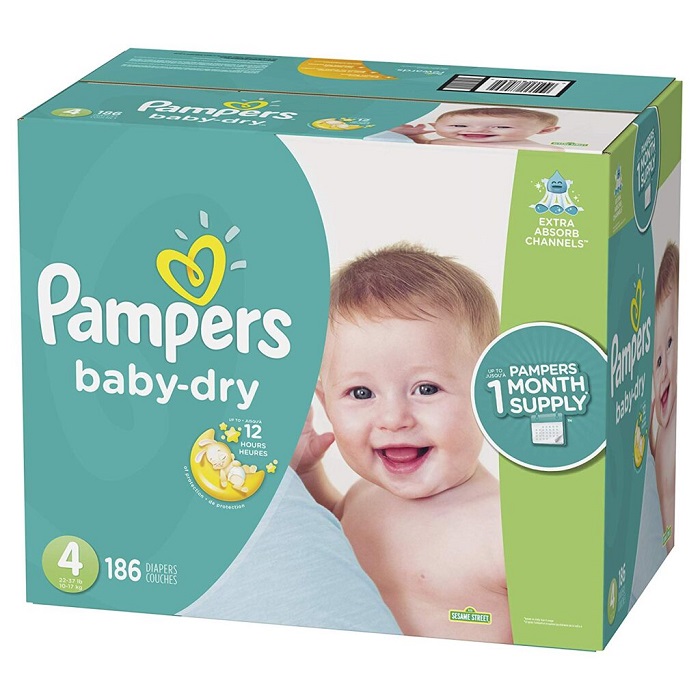Physical Address
304 North Cardinal St.
Dorchester Center, MA 02124
Physical Address
304 North Cardinal St.
Dorchester Center, MA 02124

When exploring assistance for diapers, many parents inquire: does WIC cover diapers? Understanding the benefits of the Women, Infants, and Children (WIC) program is the first step. WIC provides support for low-income pregnant, breastfeeding, and non-breastfeeding postpartum women. It also covers infants and children up to age five at nutritional risk.
To qualify for WIC, applicants must meet specific criteria. First, they must reside in the state where they apply. They also need to earn a household income at or below an income standard. This standard is set by the state’s WIC agency. Second, they must be considered at nutritional risk, which a health professional must assess.
WIC offers various benefits, but does WIC cover diapers? The answer is no. WIC does not include diapers as part of its benefits. Instead, it focuses on nutrition. It pays for foods like milk, eggs, and baby formula. It can also cover nutritional education and counseling services, which are essential for new and expectant mothers.
While the WIC program does not include diaper coverage, there are other assistance programs that cater to the needs of families requiring help with diapers.
Many states have established diaper banks that provide free or heavily discounted diapers to families in need. These banks are often part of a larger network of services for low-income families and can be a valuable resource for parents and guardians. To find a local diaper bank, one can contact the state social services department or conduct a quick search online for ‘diaper bank’ followed by the state name.
Aside from state-specific options, there are national nonprofit organizations and charities that offer diaper assistance programs. Groups like the National Diaper Bank Network partner with local agencies to help supply diapers to families across the country. Other national charities may also provide emergency supplies or one-time assistance to parents in crisis situations. Researching and reaching out to these organizations can provide additional support for those struggling to afford diapers.

For families seeking help with diaper costs, Medicaid can be a lifeline. Unlike WIC, Medicaid may cover the cost of diapers, but this varies by state and with certain conditions.
Medicaid does cover diapers, but primarily for individuals with specific medical needs. This coverage typically applies to those with incontinence issues due to a diagnosed medical condition. The beneficiary’s doctor must provide a prescription for diapers, demonstrating that they are essential for the health and hygiene of the individual. It’s important to note that this benefit is generally available for older children, adolescents, and adults with incontinence, rather than infants.
Applying for diaper coverage through Medicaid involves several steps. First, secure a prescription from a healthcare provider. This prescription must clearly state the medical need for diapers. Next, contact your state Medicaid office to determine the specific requirements and whether you qualify for coverage. It’s essential to gather and submit all necessary documentation, which may include medical records and proof of income. Follow the application process closely, as guidelines can vary from state to state.
For families not covered by WIC for diapers, saving on these essentials is crucial. Here are practical ways to save money on diaper expenses:
Coupons can slash diaper costs significantly. Check local newspapers, brand websites, and savings apps for deals. Many diaper brands offer loyalty programs. Signing up can lead to exclusive discounts. Also, watch for store sales and double-up on savings by using coupons during sales events. Online discount codes are worth searching for as well.
Buying diapers in bulk often results in lower per-unit prices. Consider bulk purchase options at wholesale retailers or online. Membership clubs like Costco or Sam’s Club offer diaper deals for members. Membership fees could pay off with the savings on bulk diaper purchases. Additionally, some online retailers provide subscribe-and-save options. These programs offer a discount for regular purchases delivered to your door.

Apart from government assistance programs like WIC and Medicaid, families can turn to community and social services for help with diapers. Many communities have networks and agencies that understand financial struggles can affect anyone, especially when it comes to essentials like diapers.
Local community support networks often step in when families need help. Churches, mosques, synagogues, and other faith-based organizations frequently provide aid, including diapers. Other community groups, like parental support circles or childcare resource centers, might also offer assistance or have information on where to obtain free or low-cost diapers.
Community events such as donation drives or swaps can also be great resources. Parents can trade sizes they no longer need for the right size for their child. Check community bulletin boards, social media pages for local parents’ groups, or the community section of the newspaper for upcoming events.
Social service agencies may offer diaper assistance or refer parents to programs that do. These agencies include family services departments, child protection organizations, or public health departments, which can provide information on accessing necessary supplies.
In addition, some social services have programs specifically dedicated to baby supplies, including diapers. To get connected, families can call their local social service office, visit in person, or look for online directories of services available in their area.
Families seeking help should be ready to provide some information, such as household size and income. This helps agencies determine the level of assistance for which one may qualify. Always remember, asking for help is a sign of strength, especially when it’s about taking good care of one’s family.
Parents often face high diaper expenses. Yet, diaper coverage through public assistance programs is limited. Legislation on this matter varies across the United States. Some states have enacted policies to alleviate the financial burden of diapers. For example, a few places have removed sales taxes from diapers, recognizing them as necessities.
Few laws exist that mandate diaper coverage. Most policies focus on providing tax relief or funding for diaper banks. California, for instance, provides funding to support low-income families with diaper purchases. However, nationwide, there is no law that requires WIC or similar programs to cover diapers.
States might have their own initiatives. Check with local representatives to understand current laws in your area. Eligibility for any diaper assistance programs will depend on state-specific requirements.
Advocacy groups work hard to change the status quo. They push for legislation to include diapers in public assistance benefits. Organizations like the National Diaper Bank Network lobby for policy changes. They aim to increase access to diapers for all families in need.
There’s hope for future legislation to provide better diaper coverage. Activists encourage communities to support efforts to make diapers more affordable. Getting involved with advocacy groups can help influence future laws.
It’s clear that more support for diaper coverage is necessary. The work of advocacy groups and changing legislation can lead to significant improvements for families struggling to afford diapers.

Caring for a baby can be expensive, and diapers are a significant part of the cost. Managing diaper expenses efficiently can make a big difference in a family’s budget. Here are some practical tips to do just that.
Creating a budget for baby supplies, including diapers, is crucial. Start by tracking how many diapers your baby uses on average. This will allow you to estimate monthly costs. Once you have a figure, shop around to find the best prices per diaper. Allocate a set amount in your budget for diaper expenses and stick to it. Consider other baby necessities too, like wipes and ointments, and factor these into the budget.
Look for ways to cut costs in other areas that can free up money for diapers. Meal planning, reducing unnecessary expenses, or choosing less expensive entertainment can help. Keep an emergency fund for unexpected baby expenses, so you’re never caught off guard.
For a cost-effective and eco-friendly diapering solution, consider cloth diapers. While the upfront cost may be higher, they can be reused many times. Cloth diapers come in various styles and materials, suiting different preferences and budgets. You can also make them at home if you’re handy with a sewing machine.
If you’re new to cloth diapering, research how to clean and maintain them. Many modern cloth diapers are as easy to use as disposables and come with disposable liners. Investing time in learning about cloth options can lead to significant savings in the long run.
Remember, each family’s needs are unique, and the best diapering option will depend on your personal circumstances. By exploring these practical tips, you can make informed decisions that ease the financial strain of diapering expenses.